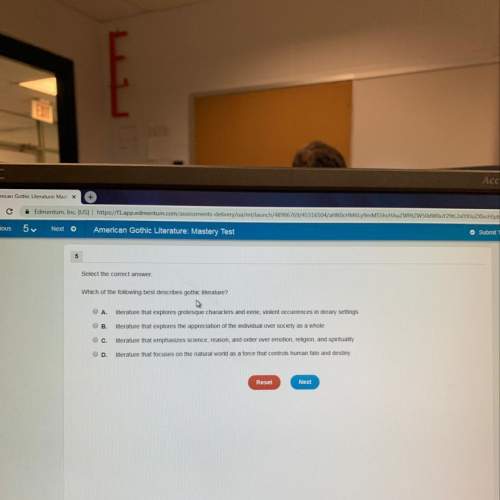STORIES OF USEFUL INVENTIONS, excerpt
By S. E. Forman
1911
THE MATCH
<...

STORIES OF USEFUL INVENTIONS, excerpt
By S. E. Forman
1911
THE MATCH
There never was a time when the world was without fire, but there was a time when men did not know how to kindle fire; and after they learned how to kindle one, it was a long, long time before they learned how to kindle one easily. In these days we can kindle a fire without any trouble, because we can easily get a match; but we must remember that the match is one of the most wonderful things in the world, and that it took men thousands of years to learn how to make one. Let us learn the history of this familiar little object, the match.
Fire was first given to man by nature itself. When a forest is set on fire by cinders from a neighboring volcano, or when a tree is set ablaze by a thunderbolt, we may say that nature strikes a match. In the early history of the world, nature had to kindle all the fires, for man by his own effort was unable to produce a spark. The first method, then, of getting fire for use was to light sticks of wood at a flame kindled by nature—by a volcano, perhaps, or by a stroke of lightning. These firebrands were carried to the home and used in kindling the fires there. The fire secured in this way was carefully guarded and was kept burning as long as possible. But the flame, however faithfully watched, would sometimes be extinguished. A sudden gust of wind or a sudden shower would put it out. Then a new firebrand would have to be secured, and this often meant a long journey and a deal of trouble.
In 1827, John Walker, a druggist in a small English town, tipped a splint with sulphur, chlorate of potash, and sulphid of antimony, and rubbed it on sandpaper, and it burst into flame. The druggist had discovered the first friction-chemical match, the kind we use to-day. It is called friction-chemical because it is made by mixing certain chemicals together and rubbing them. Although Walker's match did not require the bottle of acid, nevertheless it was not a good one. It could be lighted only by hard rubbing, and it sputtered and threw fire in all directions. In a few years, however, phosphorus was substituted on the tip for antimony, and the change worked wonders. The match could now be lighted with very little rubbing, and it was no longer necessary to have sandpaper upon which to rub it. It would ignite when rubbed on any dry surface, and there was no longer any sputtering. This was the phosphorus match, the match with which we are so familiar.
What is the main idea of the second paragraph?
Flames started by nature were easily put out.
Flames were not always carefully guarded.
Getting fire from nature was challenging.
Lightning and volcanos started human fires.

Answers: 3
Another question on English

English, 21.06.2019 22:00
Read the excerpt below and answer the question. she was a small woman, short and straight-waisted like a child in her brown cotton gown. her forehead was mild and benevolent between the smooth curves of gray hair; there were meek downward lines about her nose and mouth; but her eyes, fixed upon the old man, looked as if the meekness had been the result of her own will, never of the will of another. in at least one hundred words, explain how this excerpt uses explicit and implicit details to describe sarah penn.
Answers: 1

English, 22.06.2019 03:40
What experience makes wind-wolf want to stop attending school?
Answers: 3

English, 22.06.2019 05:00
How does the author's use of hyperbole to characterize jim smily? a) it characterizes smily as an introverted loner who prefers books to people. b) it characterizes smily as a man who is kind and nurturing toward others who are less fortunate. c) it characterizes smily as a man who is evil and vindictive toward any one who crosses his path. d) it characterizes smily as a man who is a risk-taker who willing bets on anything and with anyone.
Answers: 1

English, 22.06.2019 08:00
What is the definition of cache and in what circumstances would it be appropriate to use it
Answers: 1
You know the right answer?
Questions

Mathematics, 12.11.2020 19:40

Mathematics, 12.11.2020 19:40


Mathematics, 12.11.2020 19:40


Mathematics, 12.11.2020 19:40

Geography, 12.11.2020 19:40



Health, 12.11.2020 19:40

History, 12.11.2020 19:40


Biology, 12.11.2020 19:40

English, 12.11.2020 19:40


Social Studies, 12.11.2020 19:40



Mathematics, 12.11.2020 19:40

Mathematics, 12.11.2020 19:40




